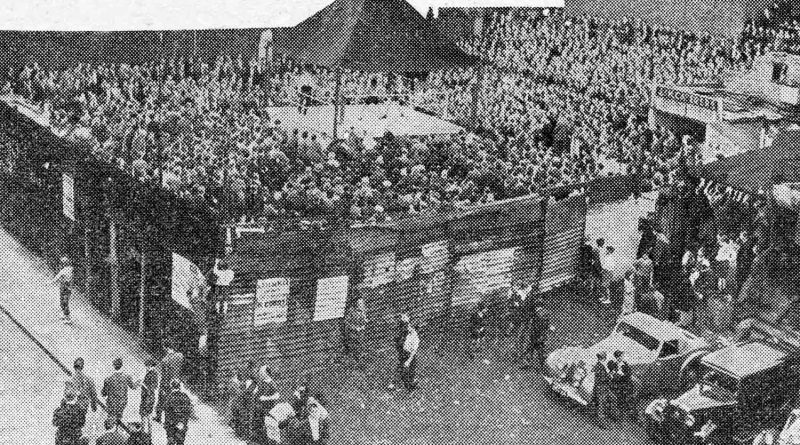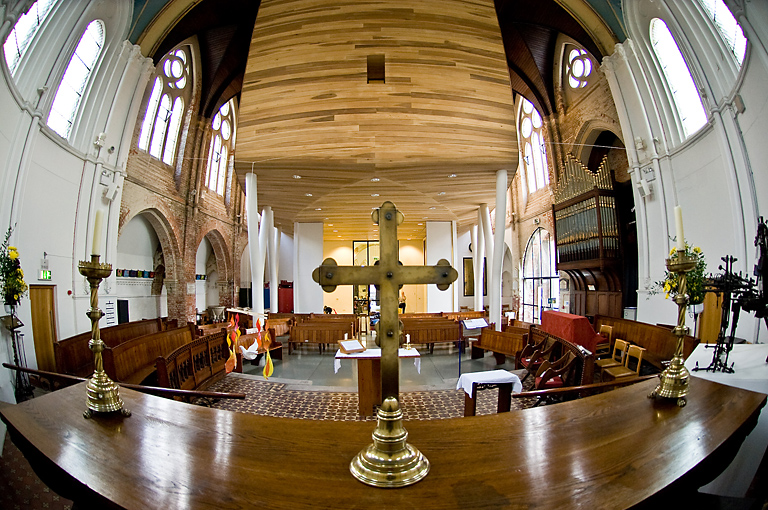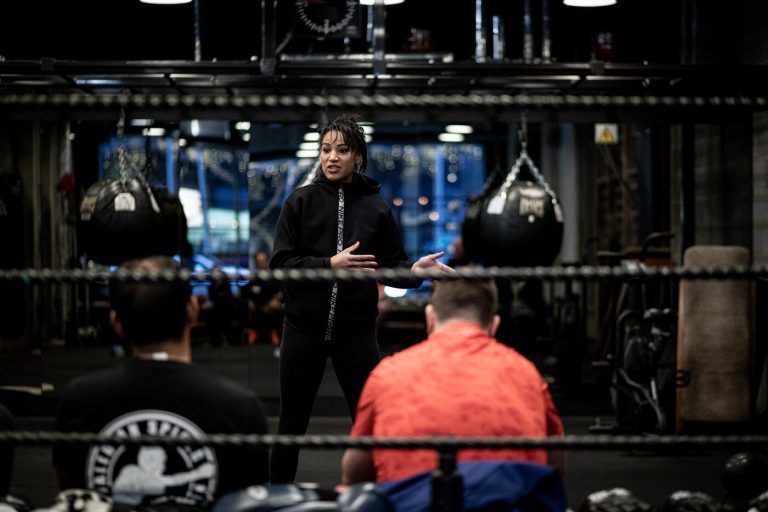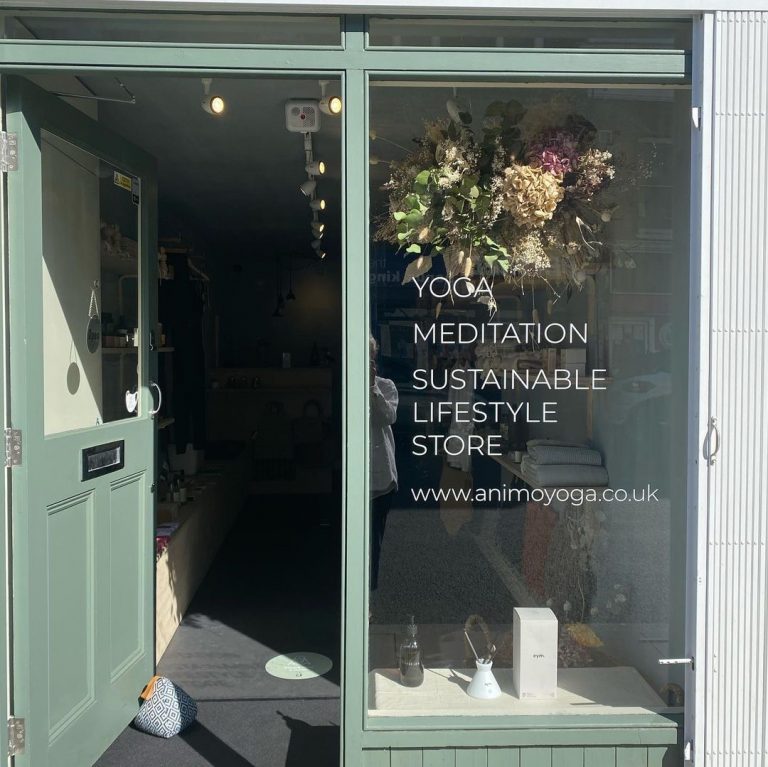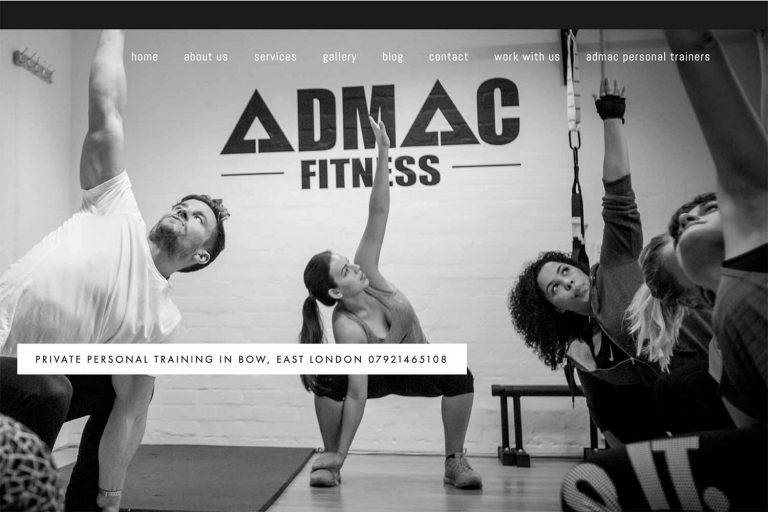The Arena, Mile End: a local boxing arena where legends were made
Gone but not forgotten: The Arena in Mile End was a short-lived but vital part of the East End’s boxing history where people hung from the lamp posts to glimpse fighting heroes including the Krays.
Most of the students living in the Coopers Courts halls behind Mile End tube station may be unaware that the place where they sleep, eat, study and pre-drink used to be the site of one of London’s most notorious boxing arenas.
From 1933 to its eventual closure in 1953 The Arena in Mile End hosted some of British boxing’s most famous (and infamous) names.
The Arena was in good company, as the East End was a breeding ground for both creating the next boxing prodigy and giving enthusiasts an affordable way to watch their sport of choice.
Although there were other boxing venues in the area, including the Repton Boxing Club in Bethnal Green and the Peacock Gym in Canning Town, the Arena was likely the most accessible for a lot of the community.
One appeal of boxing for many of East London’s working-class was that it didn’t require expensive equipment, and venues were often frugally kitted out.
The Arena was an open-air site that could officially accommodate around 2,000 spectators but many would cling to lampposts and climb up nearby buildings to watch the action without paying the admission fee. The crowd was often packed in, all jostling for the best position, which only added to the raucous atmosphere.
Stepney-born boxer Sammy McCarthy, one of the professionals who boxed at The Arena, described The Arena’s attendance in a 2014 interview ‘London Boxers’: ‘The atmosphere was fantastic, you’d get throngs of people there. If you went in there with a suit on, you’d come out smothered in dust.’
Arguably, the Arena’s best-known contenders were the Kray Twins, the infamous East End criminals, who ran an organised crime enterprise from the late 50s until their arrest in 1968.
The twins grew up fascinated with boxing and, although neither of them had the desire to go pro, they both showed promise at the sport as teenagers. They made their debut at The Arena when they were just 17, where onlookers described them as looking like ‘they needed a good meal’.
Although they both had fairly short-lived boxing careers and stopped competing just a year later, their thirst for proving themselves to an audience was ignited at boxing venues such as The Arena. As is well documented, they traded their boxing gloves for notoriety and dominated London’s criminal underworld for around a decade.
Other notable contenders at The Arena were the legendary boxing promoter and matchmaker Mickey Duff. He first boxed at the Arena in 1947, and retired from the sport the following year when he realised his boxing talents lay behind the scenes rather than in the ring.
Duff was born in Poland and fled to East London in 1937 to escape the growing threat from the Nazi Government. His trajectory is quite extraordinary, as he went from sleeping in Whitechapel station to becoming one of the most powerful people in British boxing.
Featherweight champion from 1954-1955, Sammy McCarthy boxed seven times at the Arena from 1951 – 1953. McCarthy had an exceptional boxing career, going professional at 19 and winning 83 out of his 90 amateur fights. He was often spotted going for early morning runs in Victoria Park.
The East End is still one of the country’s best places for boxing, despite the Arena being closed for nearly 70 years when a new tax on live entertainment was introduced and made the venture unviable. Its nearest competing arena, York Hall, still stands today and continues to host regular boxing and wrestling matches.
In the 40s and 50s, York Hall was described as the more ‘put together’ of the two venues, as The Arena didn’t even have luxuries such as proper changing rooms – or a roof. In the winter, the venue would close and become a venue strictly for training, which may also have contributed to its closure.
Much of the East End boxing culture is far removed from the ‘no frills’ attitude of The Arena, as pricey boxing classes have become frequented by city workers and the rise in ‘white collar’ boxing has opened the sport up to a more affluent clientele. However, the spirit of the Arena, and the entertainment it gave to the community lives on in the stories and images of the people who were fortunate to experience it first-hand.
If you liked this article, then read our piece about the old Bow Baths.

